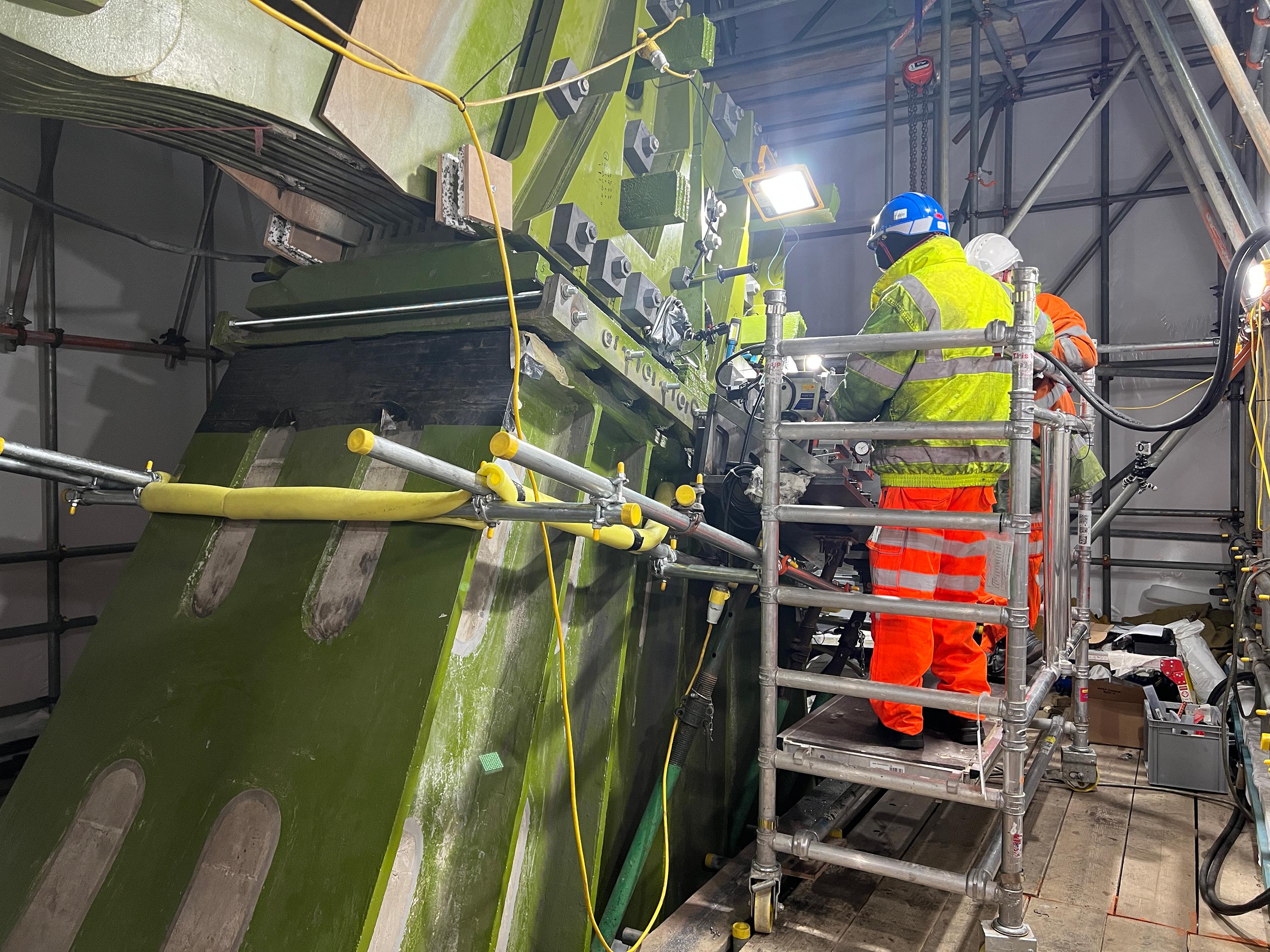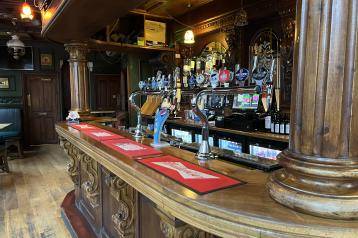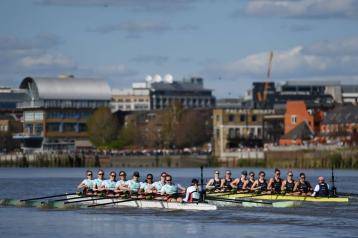
Overnight work on Hammersmith Bridge to finish stabilisation works
Our world-leading experts are now working around the clock to restore Hammersmith Bridge to its grand Victorian splendour.
Built in 1887, Hammersmith Bridge is one of the oldest bridges on the River Thames – and one of the most complex to repair.
Our experts are now working overnight and weekends to finish the necessary stabilisation works as quickly as possible. The next critical phase of our works will be to replace the bridge's corroded and seized bearings with new rubber bearings. This will be the final part of the stabilisation works, which we expect to be completed this summer.
Once the stabilisation works are completed, we'll resurface the bridge and fully re-open it to pedestrians and cyclists.

Bridging old and new engineering
Critical parts of the Grade II*-listed Hammersmith Bridge are made out of cast iron, a material which is no longer commonly used in modern construction. This is because the material is brittle, giving the 135-year-old bridge significant engineering challenges.
Newer bridges are typically made of steel and concrete. This is why our engineers have used a bespoke concrete solution and customised steel frames to stabilise the bridge. The specialist work includes precisely grinding down the irregularities on the original structures and the new steel to get a smooth perfect fit. This is a meticulous process as they can only mill off a fraction of a millimetre at a time.
Watch a video on Instagram of our experts bridging the gap between the old heritage structures and the new steel supports.
We've also commissioned Foster + Partners with COWI to help us prepare a planning application to install a temporary truss (effectively a temporary bridge).
The proposals will require both planning permission and listed building consent from H&F and Richmond-Upon-Thames Council. If approved, the work is expected to be carried out by a third-party contractor chosen by H&F Council and the current proposal will be used as a reference design.
This would enable us to fully repair and restore the historic Hammersmith Bridge while motorists, pedestrians and cyclists are still able to cross.
Hammersmith & Fulham Council has been told by the government to pay an unprecedented 33 per cent of the repair bill – which would normally have been paid in large part by Transport for London (TfL) and the Department for Transport (DfT). We have made it clear we can only raise that amount of money via a road user charge or toll.
You can find out more here on our Hammersmith Bridge webpage.
Want to read more news stories like this? Subscribe to our weekly e-news bulletin.




